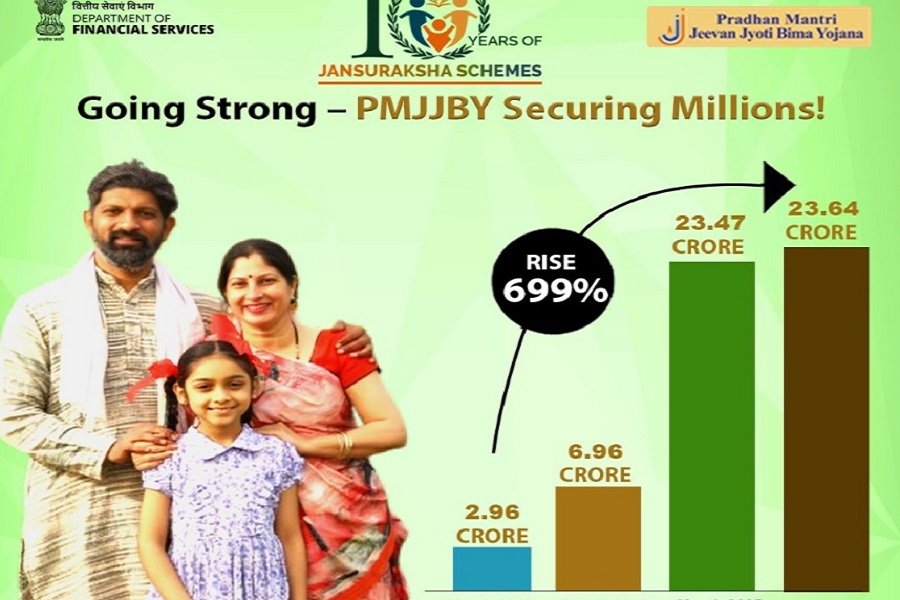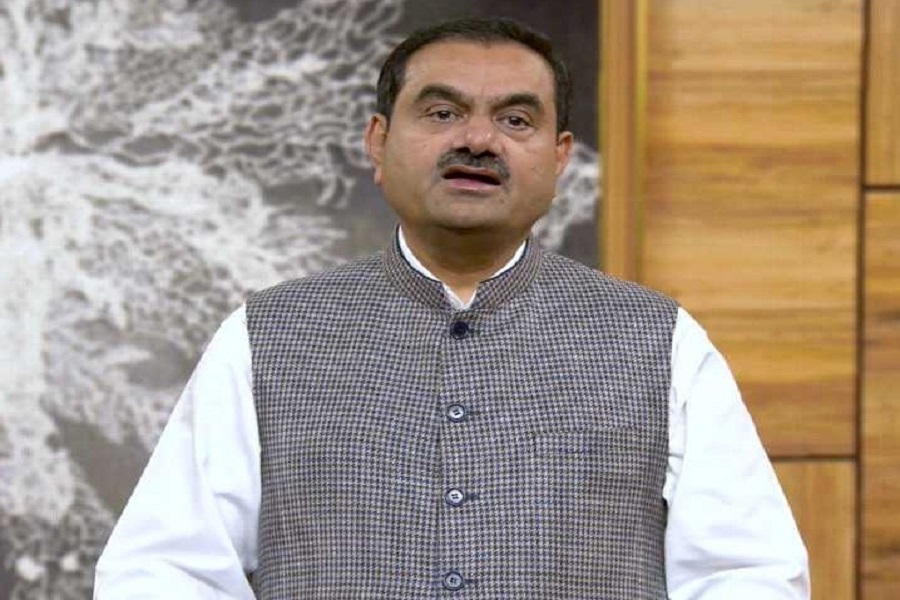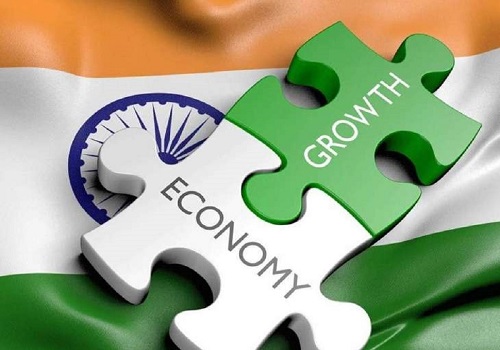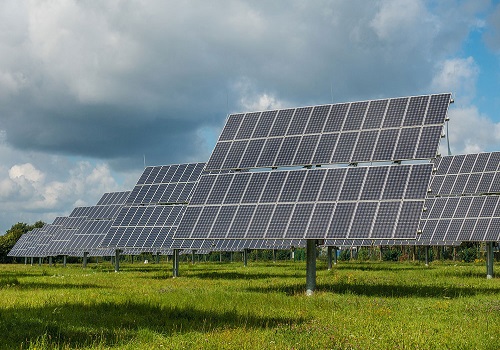Not just tomatoes: Wider range of food items drive 7%-plus inflation
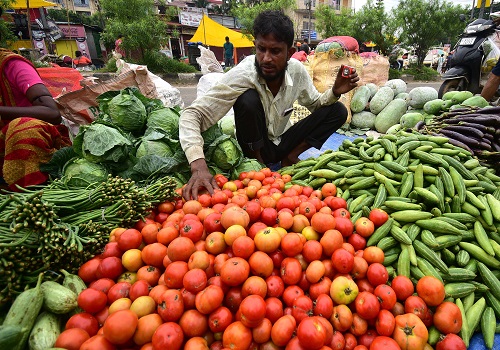
Staples like cereals and pulses are unlikely to offer relief in the near term amid hardening international prices and subdued sowing domestically.
This raises the likelihood of inflation remaining above 7 per cent in August, said a research report by broking firm, Prabhudas Lilladher.
In July, India witnessed a surge in CPI inflation, reaching a 15-month peak at 7.44 per cent, a significant jump from June's 4.81 per cent. This reveals two primary insights for July's inflation narrative: Firstly, the primary driver of this inflation spike was food prices.
Secondly, the inflation isn't solely attributed to vegetables, especially tomatoes. Instead, a wider range of food items, including cereals, pulses, and spices, have contributed to the price pressures.
Climate risks of irregular weather and rainfall patterns along with a pick-up in global food inflation resulted in domestic food prices presenting an absolute shocker in July 2023, the report said.
“El Nino can turn out to be a potential potboiler for food inflation in coming months. We have seen sharp increase in food inflation in last two months mainly due to damage to a few crops and unseasonal weather pattern," the report said.
The sowing of pulses is down by 9.2 per cent, while that of oilseeds is lower by 1.7 per cent. It is likely to impact the production of moong, toor, urad and spices.
"Dry climate in the coming couple of months can impact height, density and yields of pulses in a major way as their cultivation is done more in the rain-fed areas. We note that prices of some of the spices are on the boil and don’t rule out higher prices of pulses and oilseeds," the report said.
“We believe high inflation can be a political hot potato in an election year, forcing govt to slow down capex," it added.
In August, the monsoon has fallen significantly short of the long-term average, registering a deficit of 30 per cent, Motilal Oswal Financial Services said in a report.
The southern regions of India, in particular, have experienced notably dry conditions.
After starting the month on a positive note with a 5 per cent surplus due to a wet July, the monsoon took a downturn in August, with an overall deficit of 7 per cent as on August 20, the report said.
While the Northwest (6 per cent above normal) has received above normal rainfall, Central India (2 per cent below normal), South Peninsula (13 per cent below normal) and Eastern and Northeastern regions have witnessed deficient rainfall patterns (20 per cent below normal).
El Nino has strengthened from a "weak" to a "moderate" state and the latest update from the US weather agencies said there is a 66 per cent chance of it developing into a strong event later this year.
Kharif sowing as of August 18 stands at 0.1 per cent higher than last year. The area under paddy cultivation is now 4.3 per cent higher than last year. However, the area under pulses is still 9.2 per cent lower than last year. Production of jute, cotton, and oilseeds is also lower.
Coarse cereals (1.6 per cent YoY) and sugarcane (1.3 per cent YoY) continue to do well, the report said.
Lower irrigation cover across the major states could have a more pronounced impact on the production of pulses. Inflation in pulses has nearly doubled in the past five months. Deficient rainfall, and consequently lower rice and pulses sowing, has pushed prices higher.
Rice constitutes around 4.4 per cent and pulses have a weight of 6 per cent in the overall CPI basket.
The extent of the jump in food inflation and other upside risks to inflation can compel the RBI to go in for at least a symbolic rate hike to anchor inflationary expectations, said Sujan Hajra, Chief Economist and Executive Director, Anand Rathi Shares and Stock Brokers.
This is even more likely because the RBI views inflation as primarily a monetary phenomenon requiring monetary policy action to control it, irrespective of whether it is supply or demand sided.
These have adverse implications for the financial markets, Hajra said.
The case for a rate cut in the next 12 months seems to have vanished with adverse consequences for the financial markets, including debt and equity.
Apart from high food inflation, the sharp jump in global crude oil and grain prices are serious concerns. While edible oil inflation is currently extremely benign, the global El Nino effect can change the situation. Progressive softening of core inflation is a silver lining.
At 7.4 per cent in July, India recorded the highest inflation in the last 15 months. On an annualised basis, food inflation jumped nearly 70 per cent and fuel more than 20 per cent, resulting in an over 50 per cent jump in non-core inflation. The silver lining included the year on year fall in fuel and core inflation, Hajra added.
The year-on-year food inflation jumped from 4.7 per cent in June to 10.6 per cent in July.
While above 200 per cent inflation in tomato was a major driving force, many other items under fruit and vegetables recorded high inflation chiefly on account of weather disturbances in the recent past, Hajra said.


